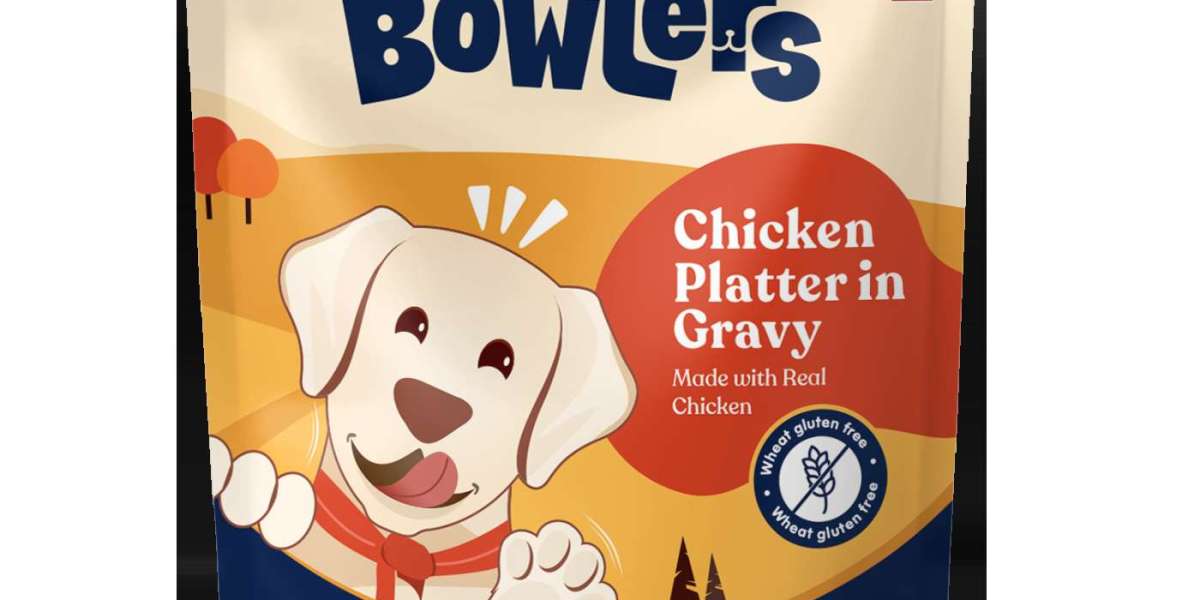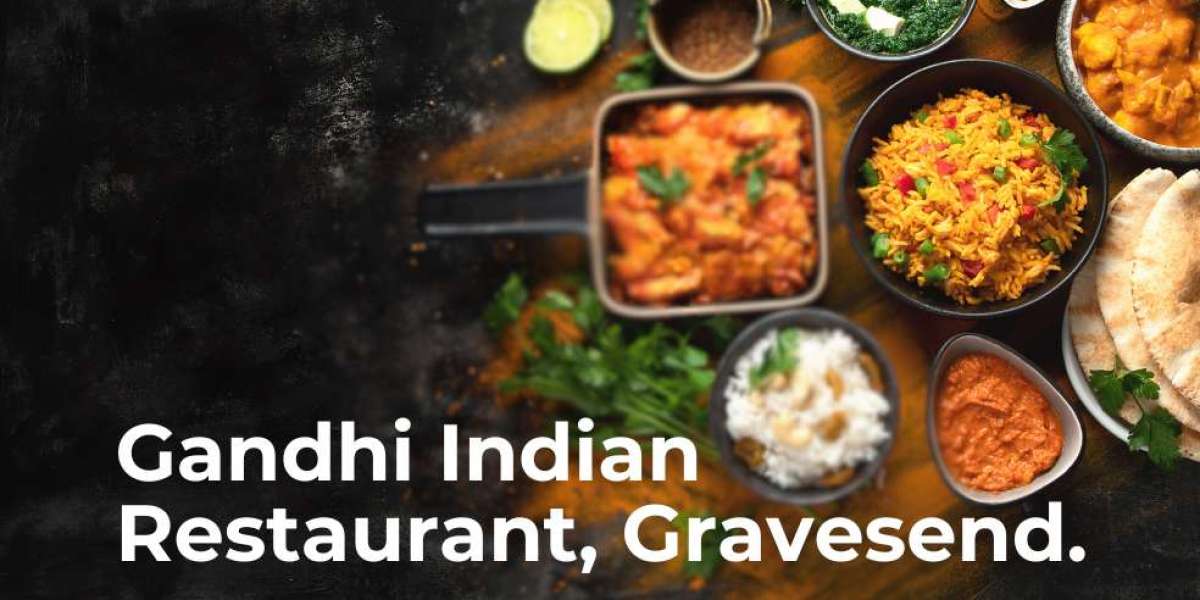In this article, we'll examine the advantages and disadvantages of this common meal choice, evaluate its effectiveness as a daily dog diet, and determine whether it's truly a safe dog food option or potentially problematic in the long run.
The Appeal of Chicken and Rice as Dog Food
The combination of chicken and rice is highly digestible, making it a top choice for dogs recovering from health issues, digestive problems, or post-surgical care. Veterinarians recommend this duo for several reasons:
Protein Source (Chicken): Delivers essential amino acids necessary for muscle maintenance and immune system support.
Energy Source (Rice): Provides easily digestible carbohydrates that are gentle on the digestive system.
Reduced Allergy Risk: Both ingredients typically cause fewer allergic reactions compared to common proteins like beef or grains such as wheat and corn.
While chicken and rice for dogs works well as a temporary solution for digestive issues, does it provide complete nutrition for everyday feeding?
Daily Chicken and Rice: Understanding the Impact
Though feeding your pet chicken and rice daily might seem reasonable, especially if they enjoy it and show no immediate issues, here's the truth: a diet consisting solely of chicken and rice lacks complete nutrition.
Dogs need various nutrients—including specific vitamins, minerals, healthy fats, and fiber—that this simple combination cannot provide alone.
Risks of an Exclusive Chicken and Rice Diet:
Nutritional Gaps: Lacks crucial nutrients including omega-3s, calcium, vitamin D, and other essentials.
Carbohydrate Overload: The high rice content may contribute to unwanted weight gain.
Nutritional Deficiencies: Extended use can lead to deficiencies affecting coat quality, bone strength, and immune function.
Dietary Sensitivity: Continuous exposure to the same foods may develop into food sensitivities.
While chicken and rice qualifies as safe dog food for short periods, making it the exclusive daily dog diet could transform it from a helpful solution into a harmful dog food choice over time.
Appropriate Uses for Chicken & Rice
Short-Term Benefits (2–5 Days)
For dogs experiencing diarrhea or stomach upset, veterinarians often suggest a temporary chicken and rice diet to help stabilize their digestive system.
As a Topping or Meal Enhancer
Consider using chicken and rice as a nutritious topper for your dog's regular kibble to enhance palatability and boost protein content. However, ensure the base food remains nutritionally balanced.
During Recuperation
Following surgery or antibiotic treatment, dogs often require easily digestible meals. While chicken and rice serves as an excellent temporary solution during these periods, it should not become a long-term feeding strategy.
How to Prepare Chicken and Rice for Dogs (The Proper Method)
When incorporating chicken and rice occasionally, proper preparation is crucial. Follow these guidelines to ensure it remains a safe dog food:
Choose skinless, boneless chicken breast or thighs (boiled thoroughly, avoiding frying or seasoning).
Opt for white rice as it's easier to digest than brown rice, particularly during digestive issues.
Avoid all additives including onions, garlic, oil, salt, or spices.
Follow the ratio: Combine 2 portions of rice with 1 portion of chicken for optimal balance.
Keep leftovers refrigerated and only serve freshly prepared meals within a 24-48 hour window.
A Superior Solution: Nutritionally Complete Dog Diet
Rather than depending exclusively on chicken and rice, consider a balanced commercial dog food such as Bowlers that delivers complete nutrition in every serving. These scientifically formulated recipes meet AAFCO standards and contain:
Premium animal protein (including chicken, lamb, or fish)
Essential fatty acids for skin health and energy
Easily digestible carbs including rice and oats
Comprehensive vitamin and mineral profile
Beneficial probiotics for digestive health
Choosing a complete diet ensures your dog receives all necessary nutrients for optimal health—something a simple chicken and rice combination cannot achieve.
Final Thoughts: Is Chicken and Rice for Dogs a Good Idea?
Chicken and rice for dogs is a great short-term meal for sensitive stomachs, but it’s not meant to replace a balanced diet. While it's often viewed as a safe dog food, feeding it daily can lead to nutritional deficiencies and long-term health issues.
To keep your dog thriving, opt for complete and healthy dog food options from trusted brands like Bowlers formulated by experts to support long-term health, immunity, and vitality.
For more in-depth guidance, don’t miss our main blog: [What is the best food to feed a dog?] a comprehensive guide to choosing the right diet for your furry friend.
FAQs About Feeding Chicken and Rice to Dogs
Q1. Can I feed my dog chicken and rice every day?
A: While safe for short periods, chicken and rice alone lacks essential nutrients required for a complete daily dog diet.
Q2. Is chicken and rice considered safe dog food?
A: When properly prepared and used temporarily, yes. However, for extended periods, transition to a nutritionally balanced commercial dog food.
Q3. How much chicken and rice should I feed my dog?
A: Serving size varies based on your dog's weight. Generally, offer ¼ to ½ cup per 10 pounds of body weight per meal during short-term feeding.
Q4. What are signs my dog isn't getting enough nutrients?
A: Watch for symptoms like lackluster coat, decreased energy levels, unexplained weight changes, gastrointestinal problems, and weakened immune response.
Q5. What should I feed my dog daily instead?
A: Opt for veterinarian-recommended, complete dog food such as Bowlers. You may incorporate small amounts of chicken or rice as meal enhancers rather than primary nutrition.



